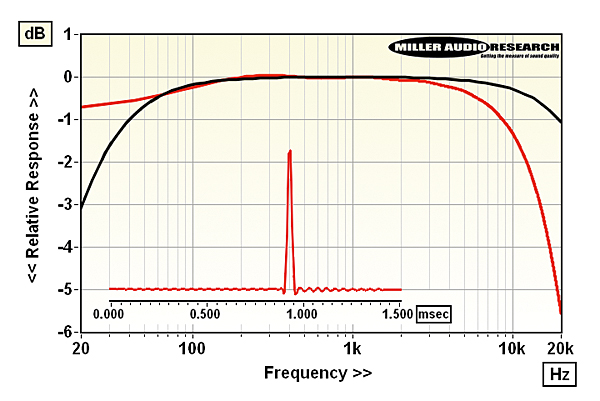Balanced Audio Technologies REX 3 DAC USB Tube DAC Acting On Impulse
Designed by one of the founders of the SACD format, and all-round ambassador for DSD, Andreas Koch, his AKDesign AKDAC-3 filter and converter solution lies at the heart of the REX 3. Key to this DAC is its proprietary upsampling and adaptive digital filtering, the latter bearing a conceptual similarity to Denon's 'Advanced AL32 Processing' (ALPHA or Automatic Low-Pass filter Harmonic Adjustment). Koch's vision of the adaptive filter also has the transient integrity of the music signal at its core, choosing the optimal algorithm on a sample-by-sample basis. Ultimately the data is upsampled to 11.3MHz, and the wordlength truncated to a bitstream, before it is low-pass filtered to reveal the desired analogue (music) signal.

It is possible to expose the extremes of Koch's adaptive filter by comparing its performance with continuous and transient test signals. The former might indicate the REX 3 uses a fairly standard linear- or minimum-phase filter with its superb 104dB rejection of stopband (alias) distortions and steep roll-off beyond 22kHz with CD/48kHz inputs. At 20kHz the response drops by only –1.05dB [black trace, inset Graph]. The transient impulse [red] however reveals an interpolation filter with no pre- or post-ringing – a more 'natural' result – but with poorer stopband rejection and a heavily tailored HF response, –1dB/8.7kHz, –3dB/14.7kHz and –5.6dB/20kHz with some visible passband ripple. With constantly changing music signals, the digital filter algorithm will adapt and segue between these sets of mathematics. PM

























































